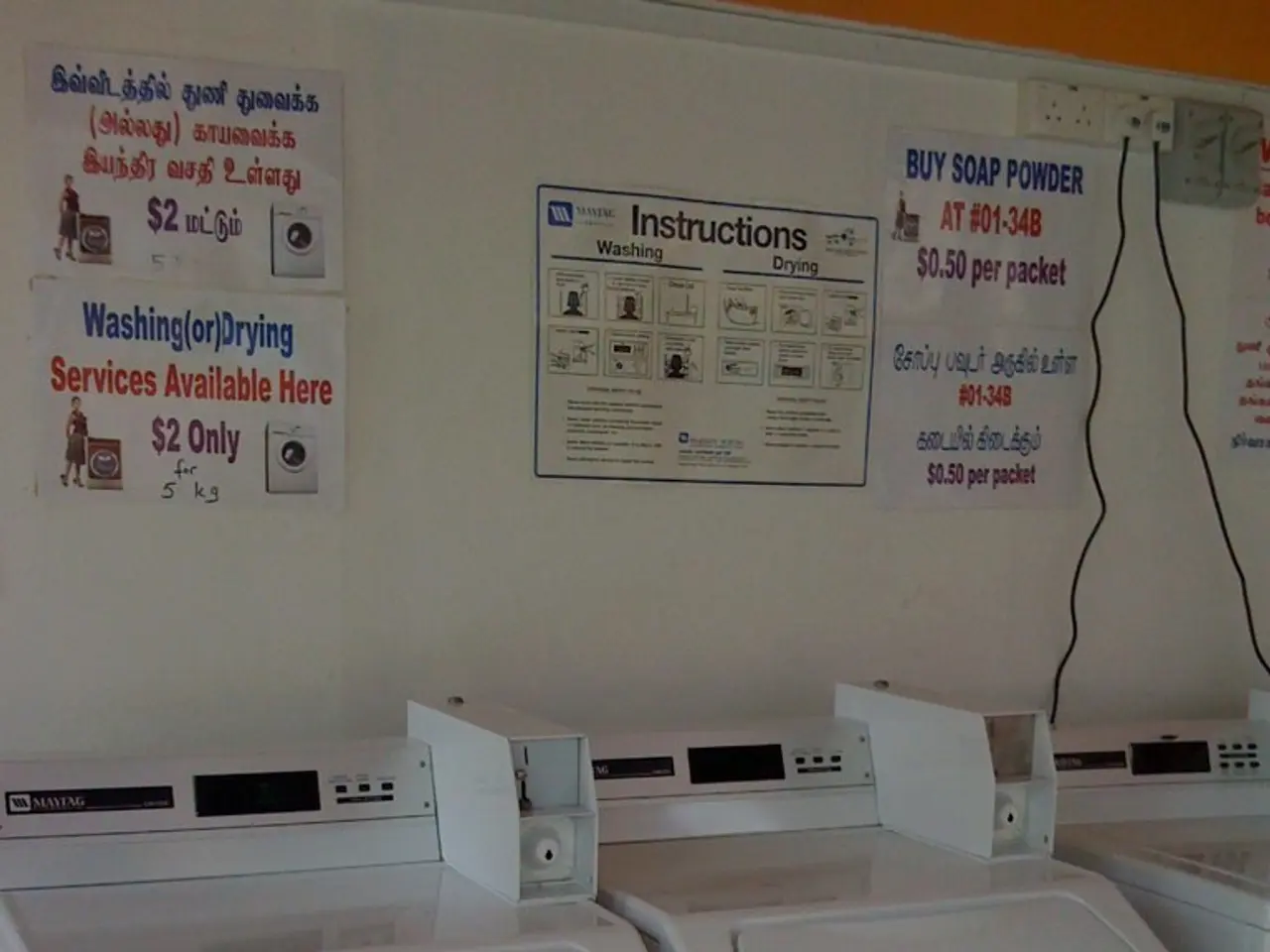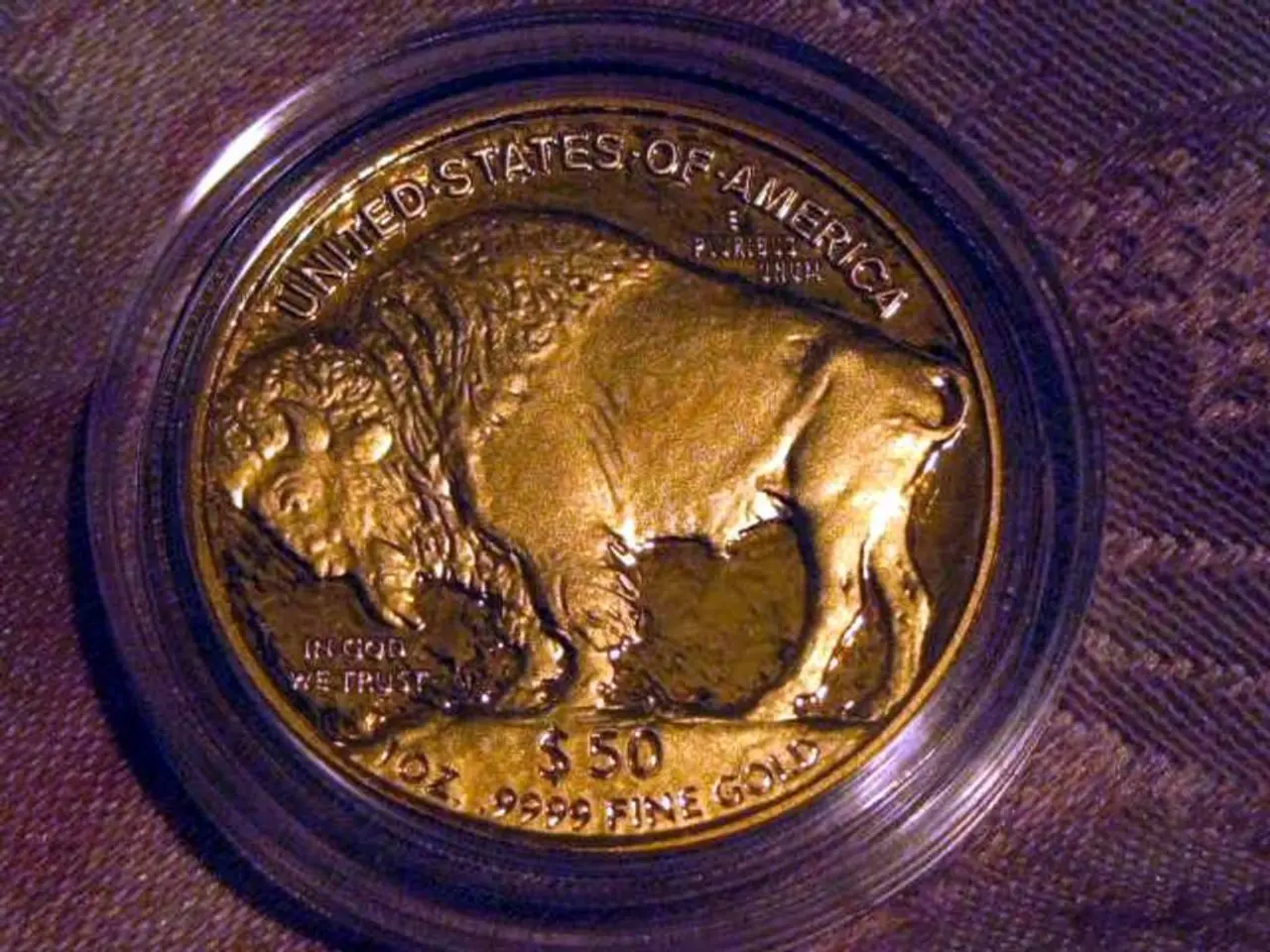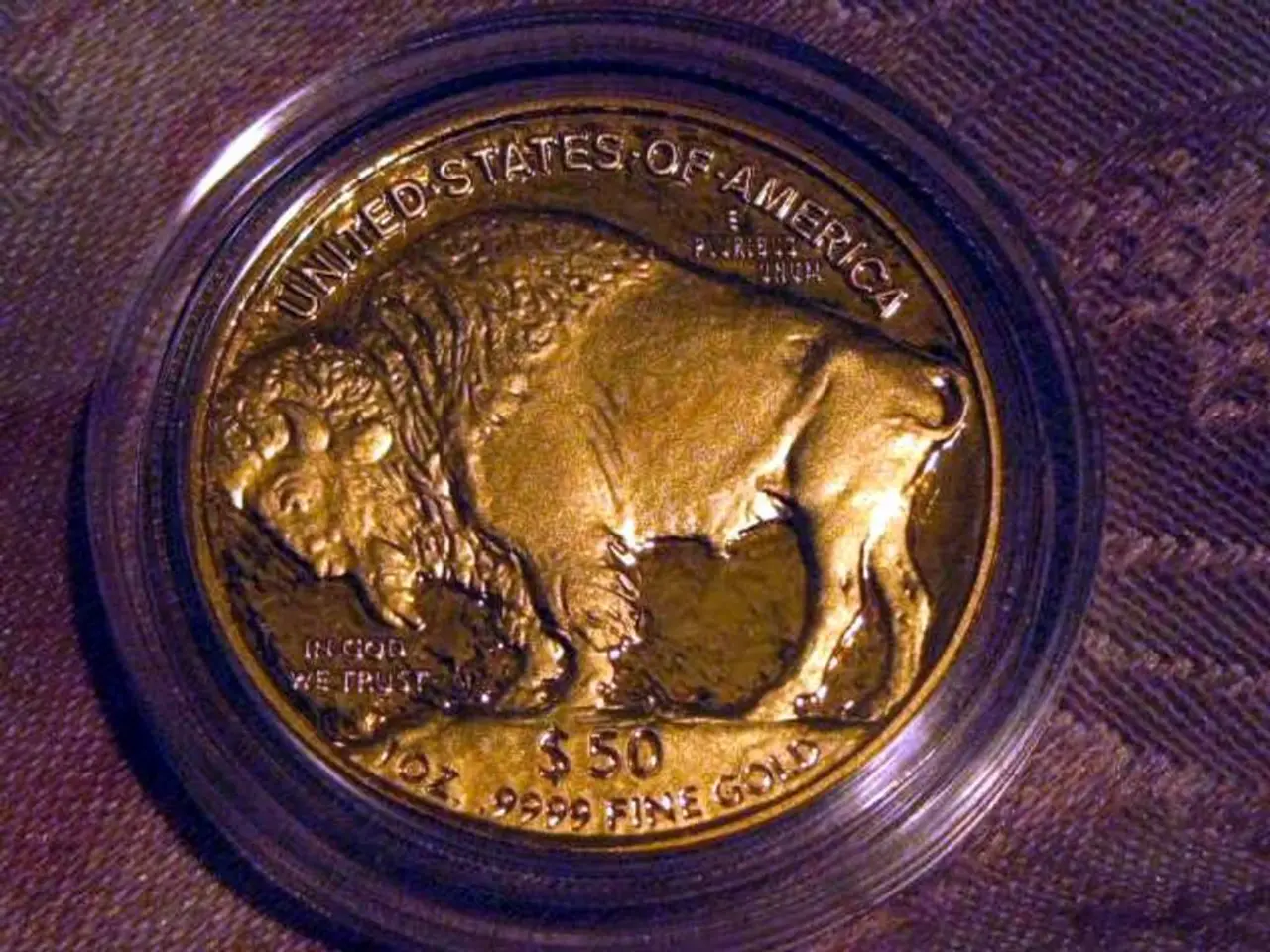Buying Ethereum Now Might Offer a New Advantage, but It also Introduces a Potential Risk for XRP
In the rapidly evolving world of cryptocurrency, two digital assets are vying for supremacy in the real-world asset (RWA) tokenization market: XRP and Ethereum.
Ethereum, with its market dominance and extensive ecosystem, currently holds a significant advantage in RWA tokenization. As of July 2025, Ethereum boasts approximately $7.5 billion in tokenized RWAs, accounting for almost 60% of the sector on public chains [1]. This scale reflects Ethereum’s early adoption and broad developer ecosystem, fostering numerous RWA projects.
Ethereum’s advanced infrastructure and ecosystem, including smart contract capabilities and Layer 2 solutions like Arbitrum, provide scalable, secure environments for tokenizing various assets. This has attracted institutional projects to build on Ethereum’s versatile platform, making it the primary base layer for RWA tokenization [4]. Moreover, Ethereum benefits from a vast developer community and institutional backing, which drives innovation and regulatory compliance solutions necessary for complex tokenization efforts.
However, XRP is rapidly catching up. With its high speed, low transaction costs, and strategic partnerships, XRP offers an attractive base for settlement and cross-border asset transfers within tokenized markets [2]. This is particularly significant for institutional investors seeking faster and cheaper money transfers, on-demand liquidity for borrowing or trading.
Recently, XRP’s collaboration with Brazil’s largest crypto exchange, Mercado Bitcoin, aims to tokenize over $200 million in fixed-income and equity products, potentially doubling XRP’s RWA value soon [1]. This partnership exemplifies XRP’s practical push into regulated, permissioned tokenization.
The momentum of key tokenized assets like U.S. Treasuries settling on Ethereum could be bearish for XRP. However, analysts like Bitwise see XRP as a key asset in the growing tokenization market, alongside Ethereum and Solana, due to its efficiency and growing institutional integrations [2][3].
The competition between XRP and Ethereum in the RWA tokenization market suggests both coins may see value appreciation as institutional adoption of tokenized assets advances [1][2][4]. If XRP were to triple its RWA inflows tomorrow, it would still trail Ethereum’s share by a wide margin.
In the long run, long-term investors may find Ethereum the safer bet due to its growing RWA muscle, despite XRP's technological superiority in terms of speed and cost-efficiency. Staking yields, transaction fees, and protocol revenue could rise for Ethereum due to the increased RWA activity. On the other hand, Ripple is developing compliance features demanded by the big end of town, such as account freezing, blacklist controls, and an upgraded CBDC platform.
The Boston Consulting Group forecasts a $16 trillion RWA market by 2030, and a 10% slice of this market flowing through Ethereum would multiply the on-chain RWA base more than 20-fold. Ethereum’s ERC-3643 identity-aware token standard adds fresh credibility by baking important compliance features directly into the asset.
In conclusion, while Ethereum currently maintains an advantage in tokenizing real-world assets, XRP is making significant strides to close the gap. The future of the RWA tokenization market is promising, with both Ethereum and XRP well-positioned to benefit from institutional adoption.
[1] Source: CoinGecko [2] Source: Bitwise Asset Management [3] Source: Ripple [4] Source: Consensys
Investing in Ethereum's extensive ecosystem, with its significant position in RWA tokenization and advanced infrastructure, continues to attract institutional projects, making it a noteworthy choice for those looking to invest in finance. However, XRP's strategic partnerships, high-speed transactions, and low costs make it an attractive option for investors seeking efficient solutions in the money transfer and cross-border asset transfer sectors. The competition between these two digital assets is expected to lead to value appreciation as institutional adoption of tokenized assets grows.




